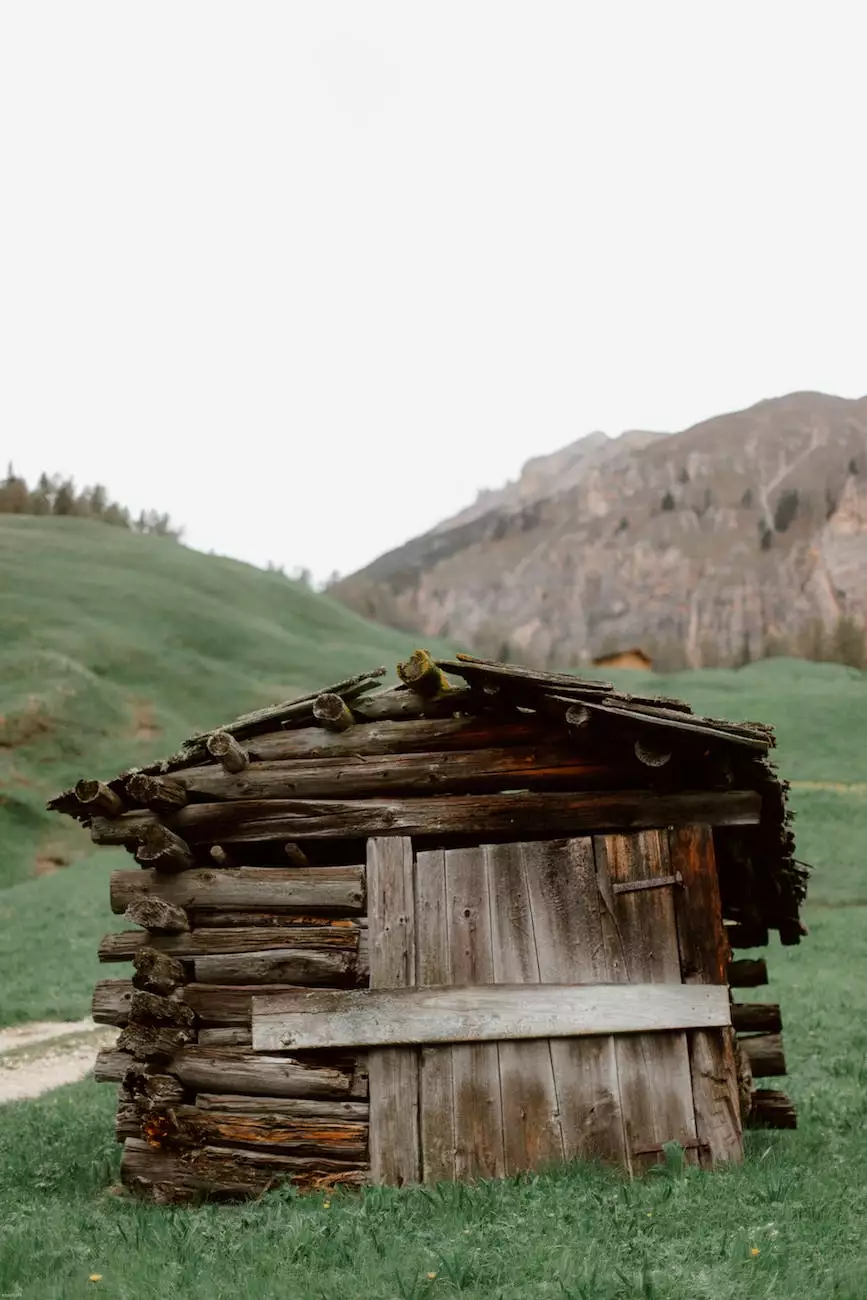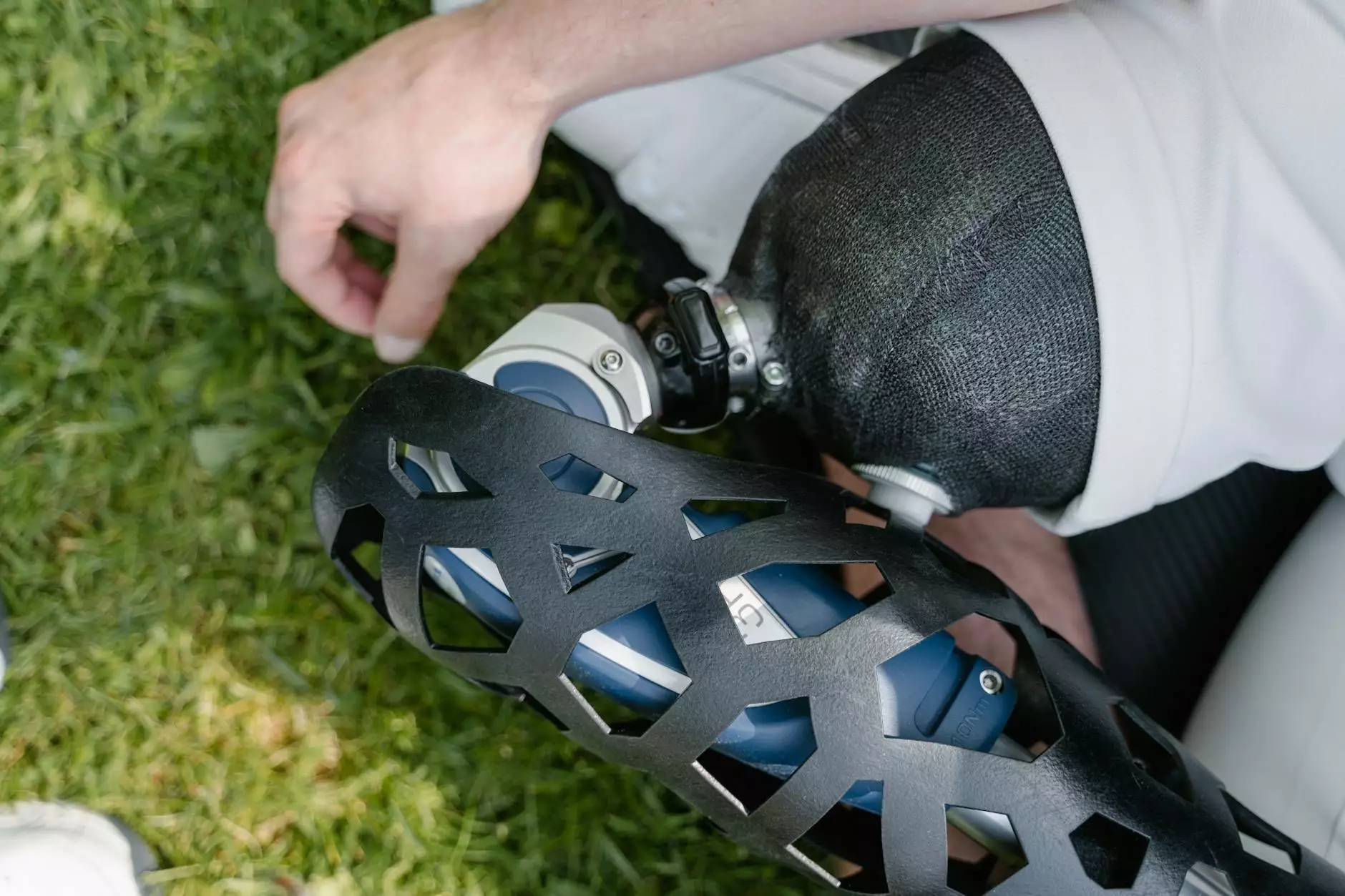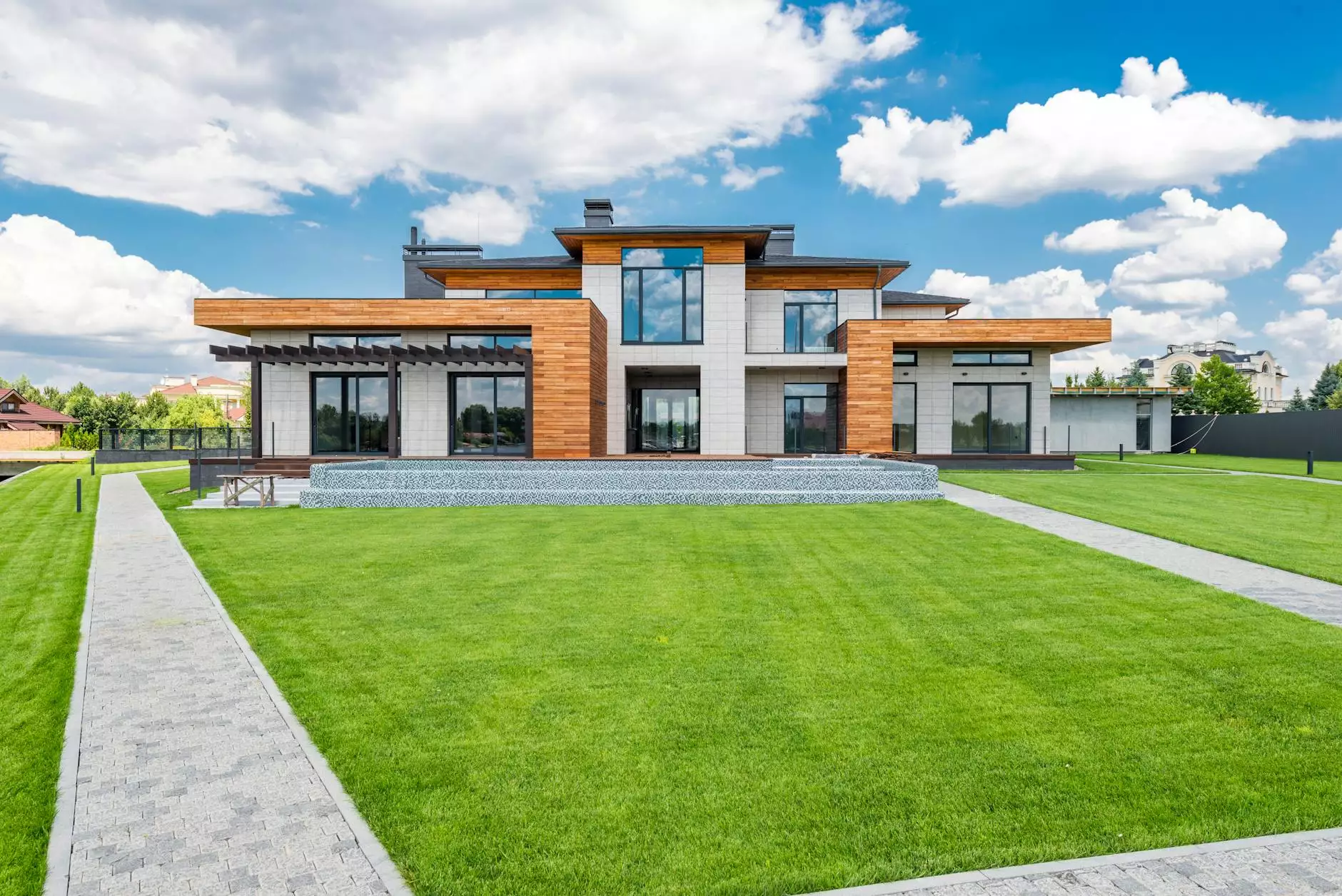Will a Trampoline Ruin Artificial Grass?

As homeowners increasingly turn to artificial grass for its low maintenance and aesthetic appeal, it's important to consider how various activities, such as having a trampoline, may impact the longevity and integrity of your synthetic lawn. At Metate Industrial Supply, we understand your concerns and are here to provide you with all the information you need to make an informed decision.
The Potential Effects of Trampolines on Artificial Grass
When properly installed and maintained, artificial grass is designed to withstand regular use and foot traffic. However, the additional weight and stress caused by a trampoline can potentially lead to certain issues if precautions aren't taken.
1. Compacted Soil
A trampoline sitting on your artificial grass for an extended period can cause the soil beneath it to become compacted. Compacted soil can reduce overall drainage and negatively impact the performance of your lawn under heavy rainfall. However, with proper installation techniques, diligent maintenance, and occasional repositioning of the trampoline, you can effectively mitigate this issue.
2. Flat Spots
Leaving a trampoline in one spot for an extended period can cause flat spots on your artificial grass. These flat spots can be unsightly and may affect the overall appearance and functionality of your lawn. Regularly moving the trampoline around can help distribute the weight and prevent flat spots from forming.
Precautions to Protect Your Artificial Grass
While trampolines can pose challenges to your synthetic lawn, there are several precautions you can take to minimize potential damage and ensure the longevity of your artificial grass.
1. Use Protective Mats
Placing protective mats beneath the legs of the trampoline can help distribute the weight more evenly and reduce the risk of soil compaction. These mats can also help prevent flat spots from forming, maintaining the consistent appearance of your lawn.
2. Regularly Move the Trampoline
Periodically relocating the trampoline to different areas of your lawn can help prevent any one spot from becoming overly worn or flattened. This also allows the grass beneath the trampoline to recover and prevents excessive stress on a single area.
3. Perform Regular Maintenance
Regular maintenance is crucial to the longevity and performance of your artificial grass. This includes brushing and raking the grass fibers to maintain an upright position, removing debris and leaves, and inspecting the area underneath the trampoline for any signs of soil compaction or damage.
4. Monitor Drainage
Ensuring adequate drainage is essential to prevent water accumulation and potential damage. Regularly inspect the area beneath the trampoline for any signs of poor drainage, such as pooling water. If necessary, adjust the position of the trampoline to allow water to flow freely.
Conclusion
Having a trampoline on your artificial grass can potentially cause some challenges, but with proper precautions and maintenance, you can enjoy both the benefits of a trampoline and a beautiful, long-lasting synthetic lawn. At Metate Industrial Supply, we provide high-quality artificial grass products and expert advice to help you make the most informed decisions for your outdoor living space.









